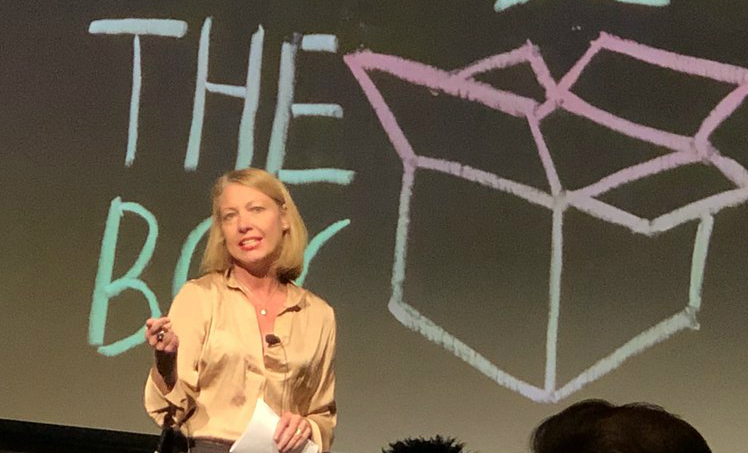
More diversity of thought and background in businesses give clear, measured improvements, and are not a sideshow, explained Dr Katie Spearritt at Auspack in Melbourne.
For Dr Spearitt, if printing businesses are not paying attention to supporting diversity and building an inclusive work culture, it is likely they are missing out on innovation, robust decision-making, safety improvements and other commercial benefits.
She says, "Diversity and inclusion are not the sideshow to the mainstream business agenda they might have once been considered. Today, these are key strategic issues for organisations, whether small or large."
Dr Spearritt broke down the importance of diversity of thought and diversity of background, such as gender, cultural background, disability, age, religion, role and industry experience, to achieve peak business performance.
She says the biggest benefit for companies that adopt a proactive approach to diversity is that their performance improves. The main reasons behind this are that while homogenous workforces and leadership groups often have similar life experiences and ways of thinking, a diverse group is likely to come up with new suggestions, different perspectives and innovative solutions.
In her words, "There are a huge number of studies that have been done over the last decade that show the greater the gender and cultural diversity in leadership levels in organisations, the better the overall commercial performance.
“A diverse team gives us what the business psychology researchers call a cognitive jolt. In diverse teams, we are more likely to anticipate different perspectives, listen carefully, and work harder to achieve consensus. That avoids groupthink which we know has a really damaging effect on business."
"Diversity in your teams helps avoid an echo-chamber.”
Despite the existence of what Spearritt calls obvious benefits for companies with a diverse workforce, there is a surprising reluctance in some companies to stray from the homogenous teams they have long had in place. The main reason for this, according to Dr Spearritt, is unconscious bias.
She explains, "Unconscious bias essentially means the assumptions and stereotypes that we all make based on our life’s experiences and our backgrounds. Affinity bias is a very common form of implicit bias – that is our preference to gravitate towards people who are similar to us. In the workplace it often means we hire mini-me’s – it is more comfortable for us. But, rather than a meritocracy we are more likely to get a mirror-tocracy.
"That is not good for innovation, robust decision-making, or performance."
Spearritt said there are a range of things people can do to become more aware of their unconscious bias and build more diverse workforces.
To encourage diverse thinking, she says a leader can explicitly encourage different perspectives and appoint a devil’s advocate or ‘leader of the opposition’. She encourages us to ask: "What is the mix of diversity such as age, gender, cultural diversity in the team? Who is not represented? And does the diversity reflect our customers?"
Spearitt urges organisations to look at their hiring and promotion policies if there is not sufficient diversity, and consider how biases such as affinity bias and priming might inadvertently influence the outcomes of those processes.
She explains, "For example, certain words in a job description will appeal more to men and certain words will appeal more to women. If you use the word expert, the research suggests you are more likely to attract a male applicant. If you use the word specialist, you are more likely to attract more women. There are a whole range of words associated with masculine stereotypes — if those words are in your job description, that is already impacting who is going to apply.
"The second area is to think about where you are advertising. Are you advertising in a diverse range of channels or are you just asking some people in your network for recommendations? Because when we are recommending from our circle, often it is same-same type hire.
"Also, thinking about how the job could be done differently. Does it have to be full time? Does it have to be done in an office? Because that limits the sort of candidate you are likely to get."
With these types of changes, not only will you receive a wider range of applicants, you are also likely to create a stronger team that improves your company and future-proofs you as your industry and those around you make positive changes.
Comment below to have your say on this story.
If you have a news story or tip-off, get in touch at editorial@sprinter.com.au.
Sign up to the Sprinter newsletter
